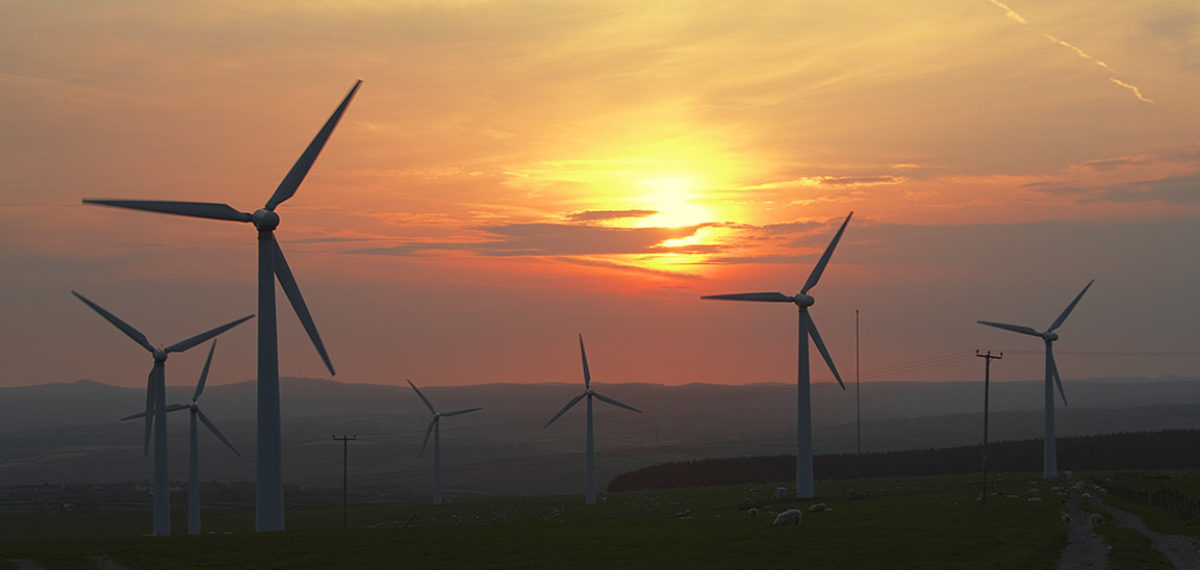The announcement by the German Government that their hydrogen strategy will include support for so-called blue hydrogen as a transitional measure must be regarded as a huge setback for a sustainable energy transition. Essentally what is being proposed is the propping up of oil and gas rather than the alternative – an energy efficient decentralised system based on renewable energy.
The danger is that the British Government will now follow suit.
Blue hydrogen is hydrogen produced from natural gas with the carbon captured and stored – with the caveat of course that the process, for cost reasons, is unlikley to abate more than 85% of the carbon content of the natural gas.
Essentially what the natural gas industry will succeed in doing with ‘blue’ hydrogen is to preserve their multinational gas extraction business by the trick of branding their product differently in different countries. Gas from the same fields will be either branded (further downstream) as ‘blue’ or nothing at all (in other words, normal carbon producing stuff).
Of course it will only be in a few places that the gas will be marketed as ‘blue’. I’m sure lots of fancy consultants will be employed to convince us that really blue gas comes from particular places, but the reality is that in a complex world of international gas trading such distinctions will be window dressing.
Instead of the spending extra investment to kick-start the blue hydrogen distribution business we should be spending it on building up energy supplies from renewable energy.
The sort of scheme we should be supporting, indeed being made mandatory for new buildings, is like one being piloted in Wales. This involves local houses being power systems in themselves that generate, store and use the energy efficiently. The Swansea City scheme involves new energy efficient housing being built complete with solar pv panels, batteries and also heat pumps. This will lead to a system that (because of the efficiency of heat pumps) lead to carbon emissions that are 4xs (yes, four times) less than using ‘blue’ hyrdogen. Not only that but the system will also manage fluctuating renewable energy supplies in a way that avoids extra investment in peak power plants and also reduces investment in transmission and distribution wires.
We can certainly ensure that this sort of system (energy efficient buildings, plus heat pumps, storage, plus solar pv) is installed in new homes rather than connect them to the gas grid. However it may be difficult to retrofit some existing houses with heat pumps, although fitting them to district heating systems powered by large scale heat pumps may often be possible. In other cases electric storage heaters can be deployed. These can also be managed so that their electricity use can be timed to fit in with the variability of renewable energy, again so reducing investment in power plant and distribution wires.
Of course hydrogen has important uses – (although not in space heating where it is inefficient compared to renewable electricity, especially with heat pumps). Important uses for green hydrogen include making steel, fertiliser, shipping fuel, cement and storing renewable electricity – but here we should be making investments in green hydrogen – hydrogen supplied from renewable energy via electrolysis – not wasting the money on propping up the oil and gas companies. We face a crucial crossroads here. Do we want to channel lots of money into propping up the existing gas industry or instead use it to build up markets for decentralised sustainable energy?
Blog post written by David Toke

3 thoughts on “Blue Hydrogen – a Trojan Horse from Big Oil and Gas”
Comments are closed.